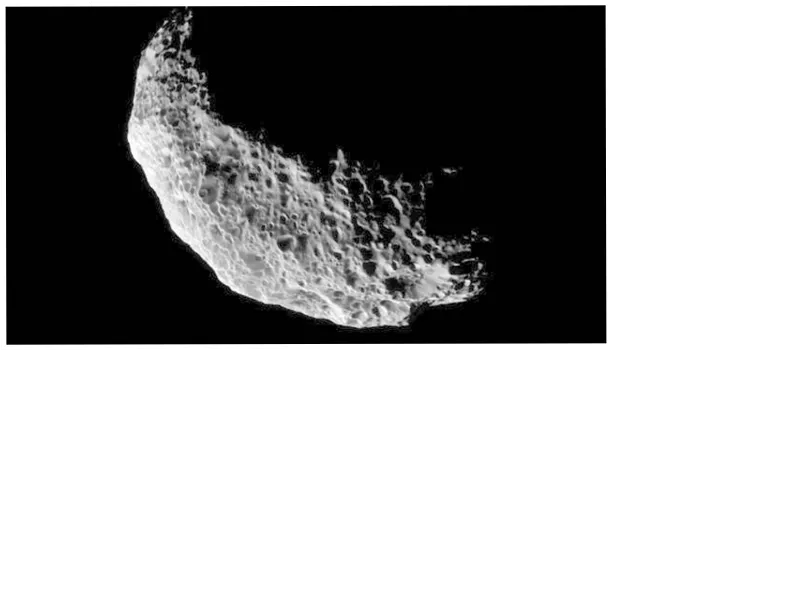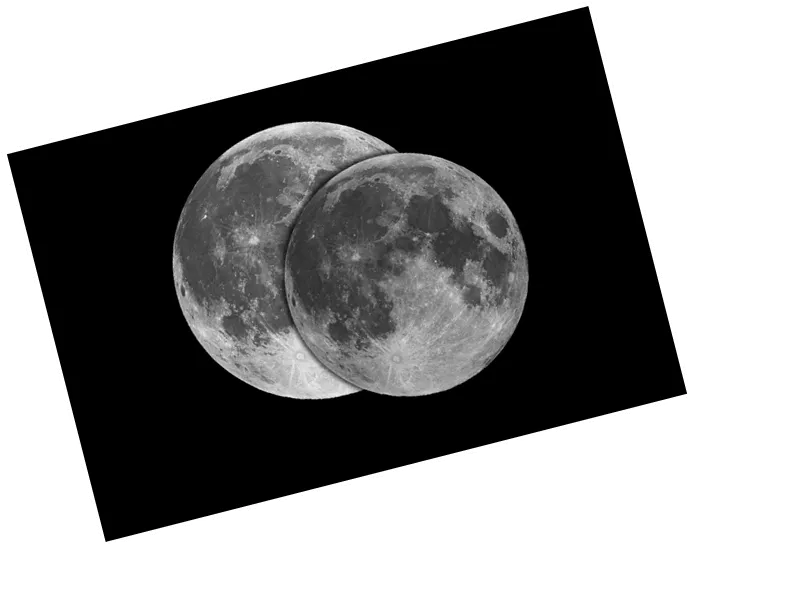The Catastrophic Collision: How a Comet from the Outer Solar System Ended the Age of Dinosaurs
In a groundbreaking study, scientists have confirmed that the meteorite responsible for the catastrophic Chicxulub impact, which led to the extinction of the dinosaurs, originated from the outer solar system. This revelation sheds new light on the Cretaceous-Paleogene extinction event that occurred approximately 66 million years ago, marking one of the most significant turning points in Earth’s history. The meteorite, estimated to be between 10-15 kilometers wide, struck the Earth with an unimaginable force, equivalent to the detonation of billions of Hiroshima bombs.
Tracing the Meteorite's Journey through Space
Historical evidence suggests that this deadly meteorite traveled from deep space, far beyond the asteroid belt between Jupiter and Mars. Researchers focused on the unique chemical signature of the meteorite, particularly the presence of rare elements such as iridium and ruthenium. These elements are not commonly found on Earth and are typically associated with extraterrestrial objects. The isotopic analysis revealed that the ruthenium isotopes matched those found in C-type carbon asteroids, indicating a clear link to the outer solar system.
The Legacy of the Chicxulub Impact
The implications of this research extend beyond the extinction of the dinosaurs. The Chicxulub impact reshaped the Earth’s biosphere, paving the way for the rise of mammals and eventually humans. Understanding the origins of the meteorite not only helps scientists piece together the events that led to this mass extinction but also enhances our knowledge of the solar system's formation. As we continue to explore the cosmos, studies like this remind us of the profound connections between our planet and the vast universe beyond.






